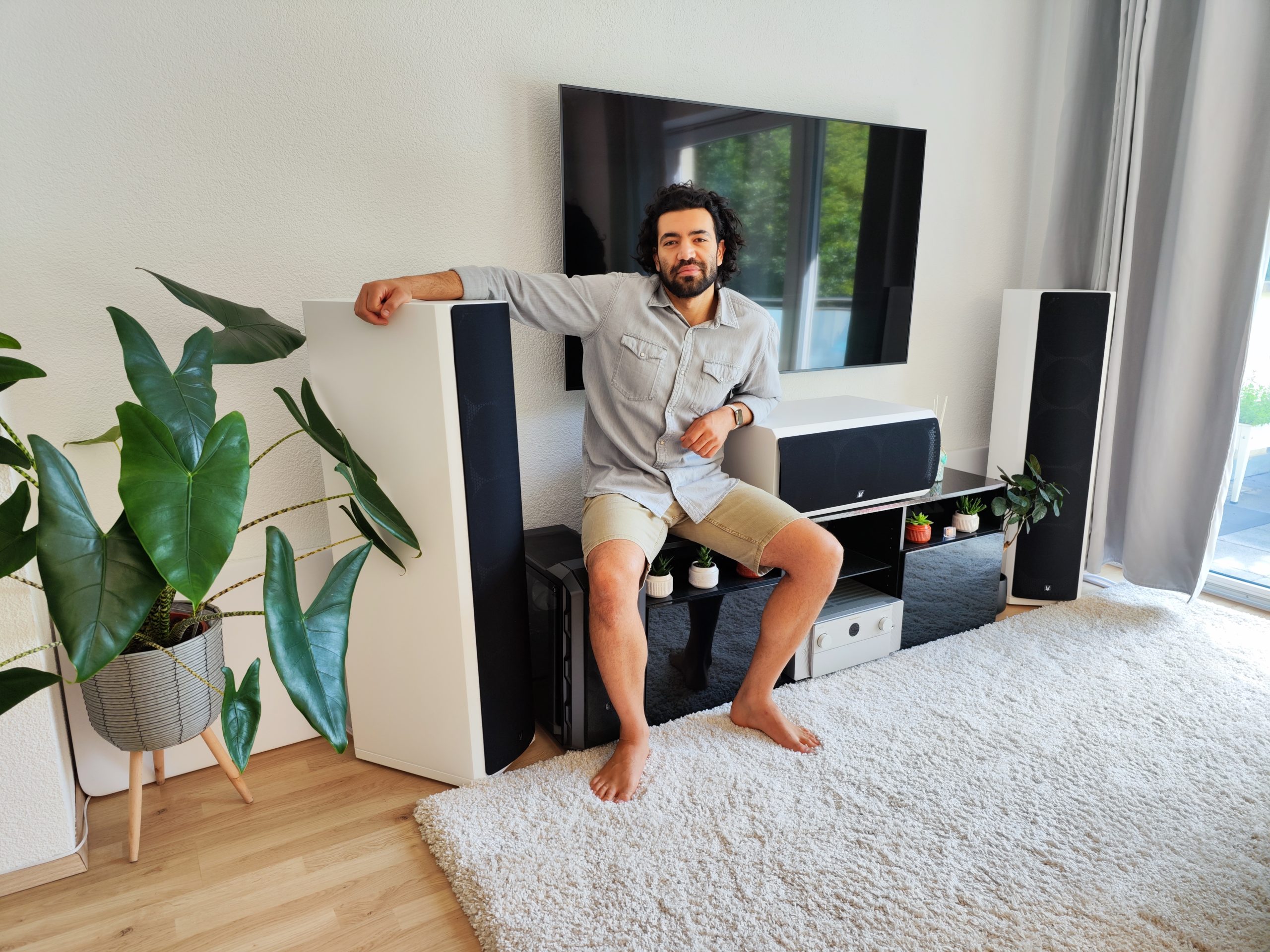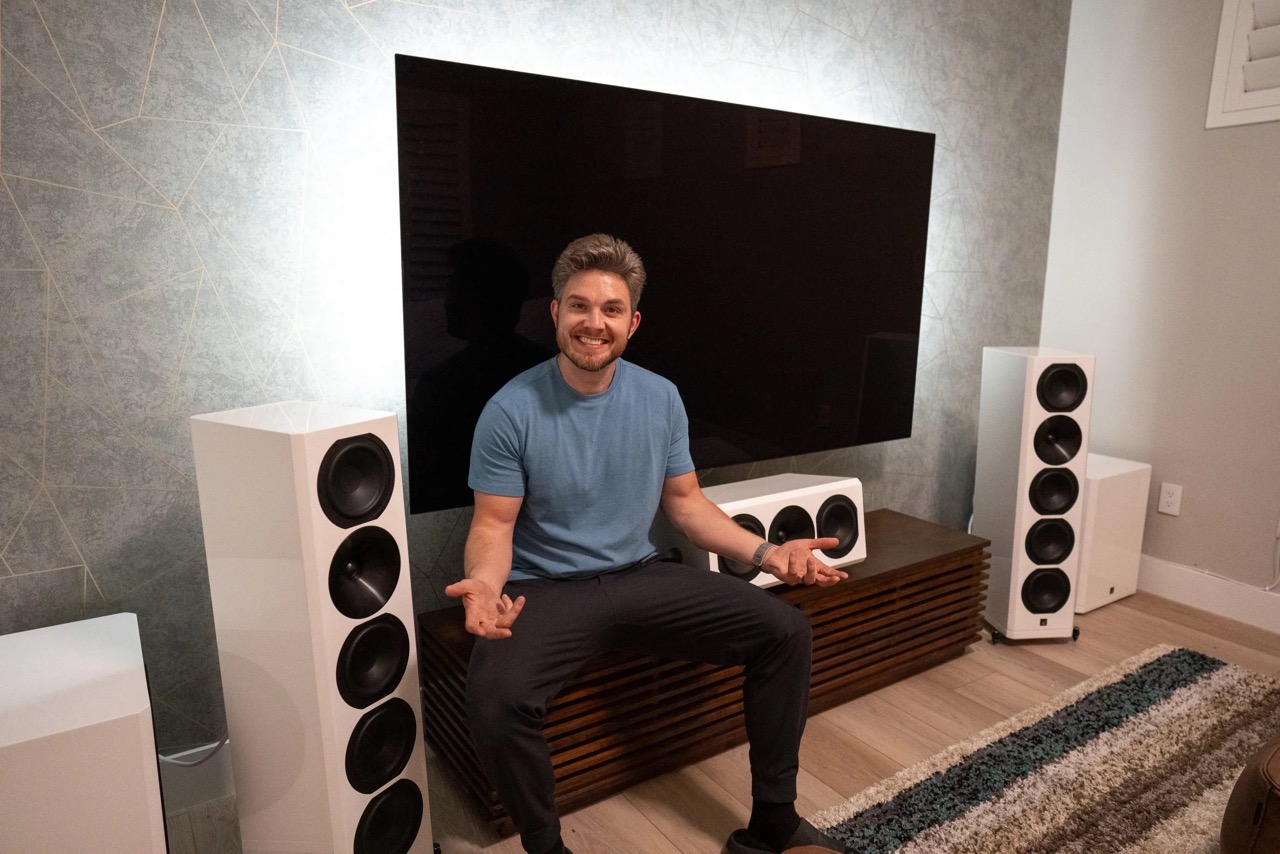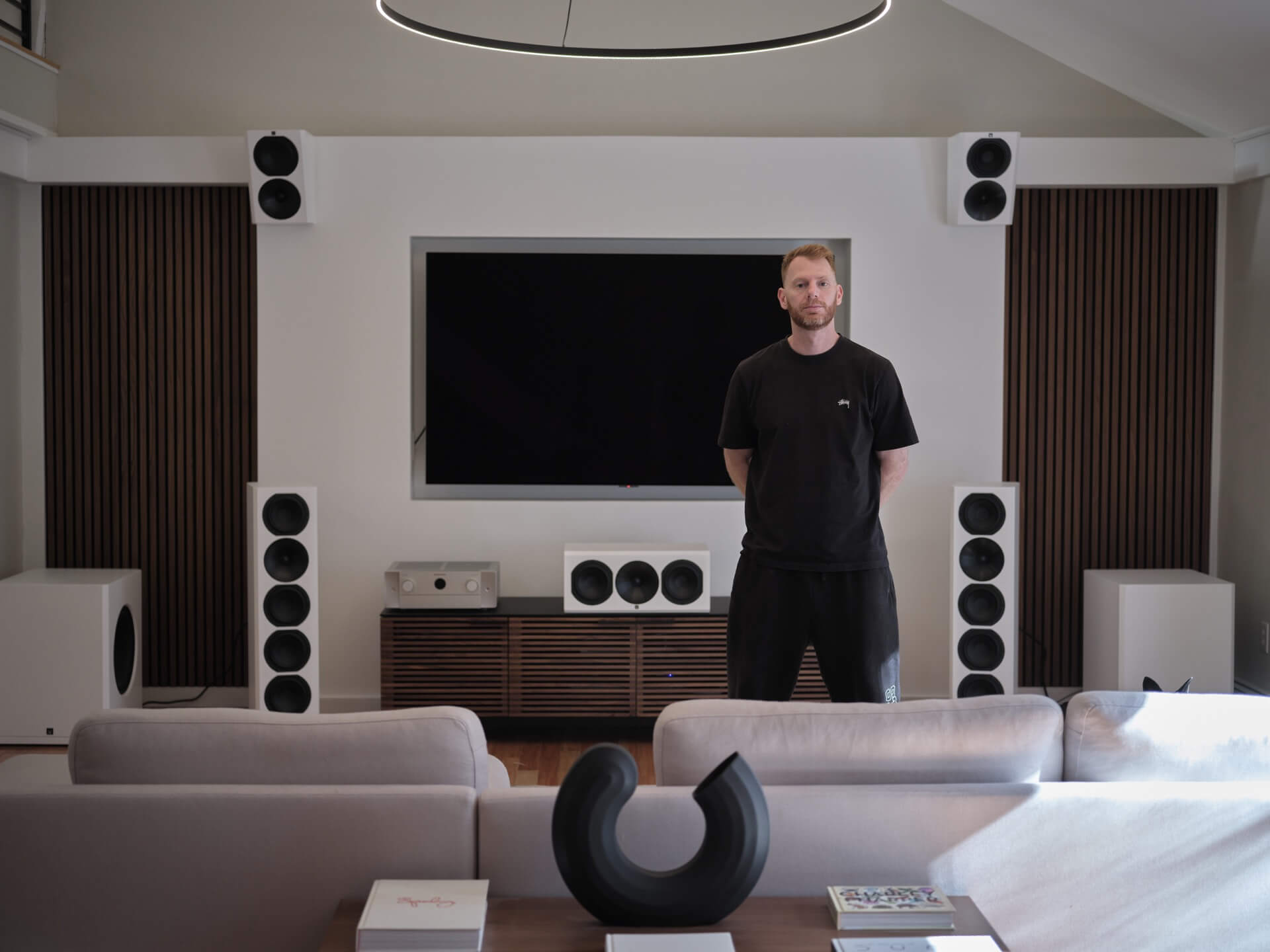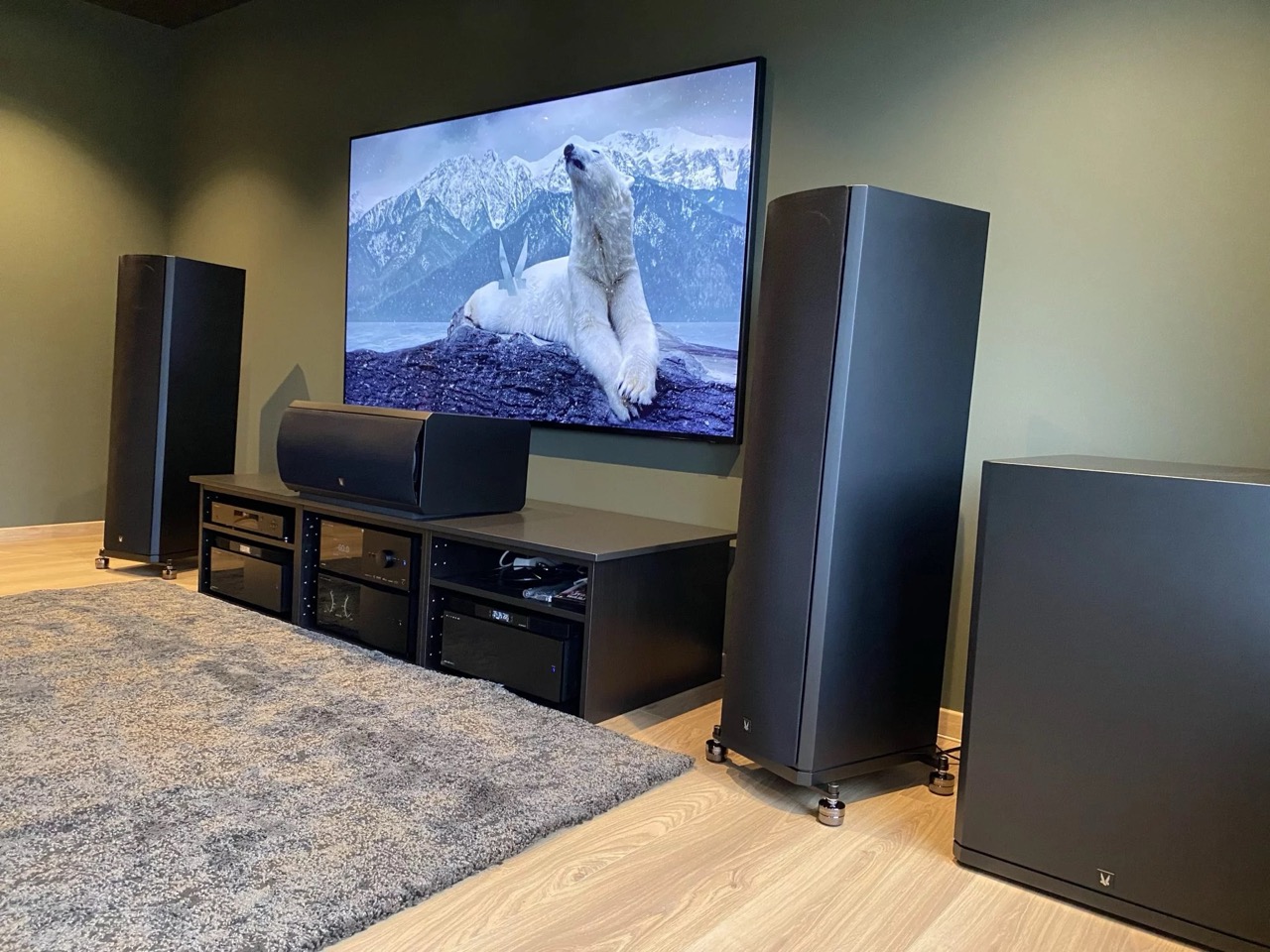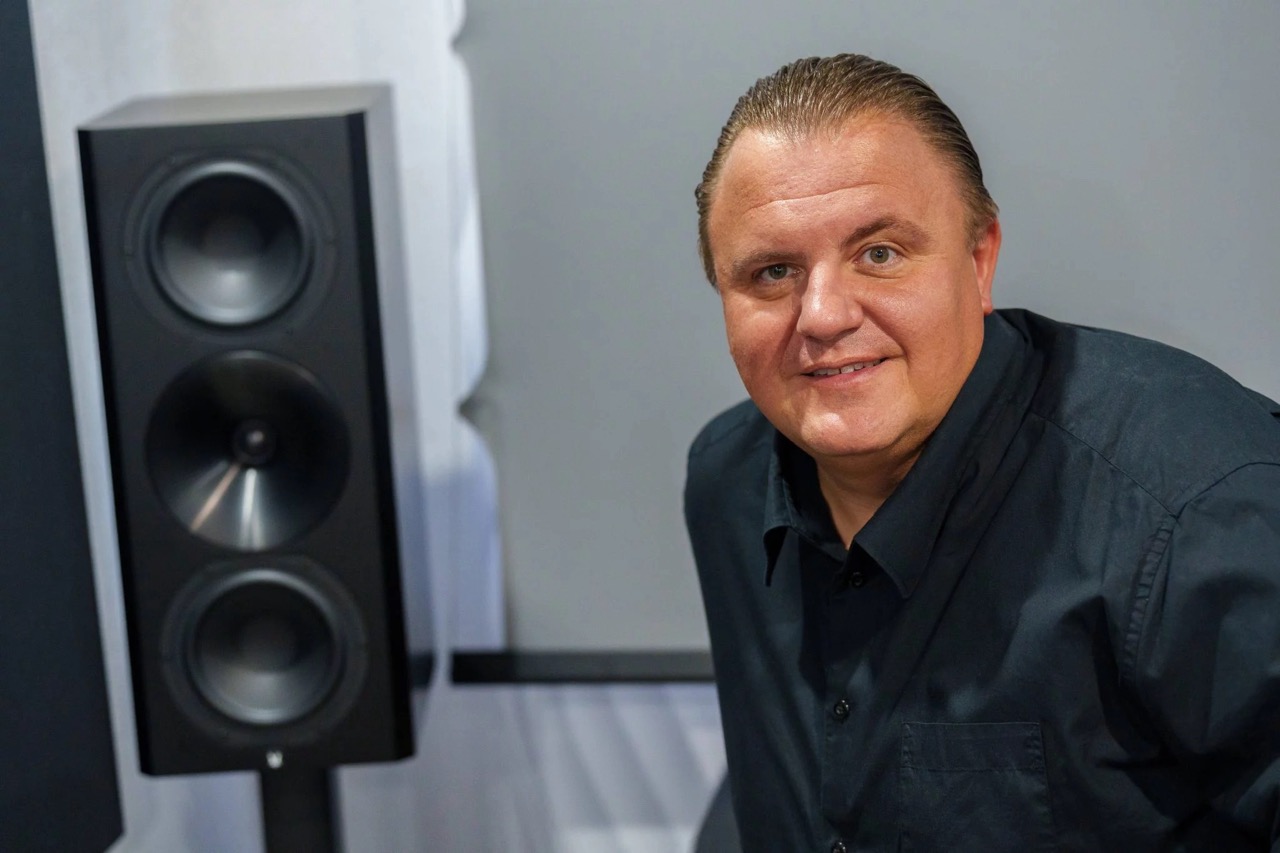How to Calibrate the Sound in Your Home Theater for the Best Audio Experience
Article summary - TL;DR
- Sound calibration optimizes your audio system for the best listening experience based on room acoustics.
- Essential tools for calibration include a sound level meter, calibration microphone, and test tone generator.
- Proper speaker placement and audio settings adjustments are crucial for achieving balanced sound.
- Utilize modern software and apps for automatic calibration to simplify your setup process.
- Enhance your audio-visual setup with the 1723 Tower THX for immersive sound quality.
What Does Sound Calibration Mean and Why Is It Important?
Sound calibration involves adjusting your home theater’s audio system settings to achieve the best possible sound quality based on the acoustics of your room. Proper calibration ensures that sound from movies, music, and games is clear, balanced, and true to life, providing an immersive listening experience.
The Tools You Will Need to Calibrate Your Home Theater Sound
To properly calibrate your sound system, you’ll need a few key tools:
- A sound level meter or a smartphone app that can measure sound levels.
- A calibration microphone if your receiver supports auto-calibration.
- A test tone generator, which is often included in modern receivers.
- A tripod or stand to position the microphone at ear height when seated.
Basic Steps to Start Calibrating Your Surround Sound System
Begin by placing your calibration microphone at your usual listening position, ideally at ear height. Use the test tone generator in your receiver to produce white noise through each speaker. Measure the sound levels with your sound meter, adjusting the volume of each speaker until the readings are consistent across all channels.
How to Position Your Speakers for Optimal Sound
Speaker placement is critical for optimal sound. Place the center speaker directly above or below your TV, ensuring it is angled toward your listening area. The front speakers should form a slight angle facing the listening position, creating an equilateral triangle with your seating area. Surround speakers should be positioned slightly above ear level to envelop the listener with sound.
Understanding and Adjusting Your Receiver’s Audio Settings
Explore your receiver’s audio settings, focusing on the equalizer, crossover frequencies, and channel levels. Adjust the crossover frequency to ensure smooth transitions between speakers and the subwoofer. Use the equalizer to minimize any room-induced distortions or imbalances in sound.
Using Software and Apps to Help with Sound Calibration
Many modern receivers come with built-in software for automatic calibration, such as Audyssey or MCACC, which can simplify the calibration process. There are also smartphone apps available that can assist in manual adjustments by providing real-time feedback and sound level measurements.
Tips for Fine-Tuning the Bass and Treble Settings
Adjust the bass and treble to suit your personal preference and the specifics of your room. Be cautious with bass settings to avoid overpowering other frequencies. It’s often helpful to make slight adjustments while listening to a variety of content to ensure a balanced sound across different media types.
Regular Maintenance Checks to Keep Your Sound System at Its Best
Regularly check and recalibrate your system to maintain optimal sound quality. Changes in room layout, new furniture, or even different types of media can affect sound performance. Periodic checks will help you enjoy a consistently high-quality audio experience.
By following these steps and understanding the basics of sound calibration, you can significantly enhance the audio quality of your home theater system, making your movie watching and music listening experiences more enjoyable and immersive.
Frequently asked questions
What is sound calibration and why should I do it?
Sound calibration is the process of adjusting your audio system settings to achieve the best sound quality for your room's acoustics. It's important for ensuring clear, balanced sound in movies, music, and games, creating an immersive listening experience.
What tools do I need for sound calibration?
You will need a sound level meter or a smartphone app to measure sound levels, a calibration microphone for auto-calibration, a test tone generator (usually included in receivers), and a tripod or stand for the microphone.
How do I start calibrating my surround sound system?
Begin by placing your calibration microphone at ear height in your listening position. Use the test tone generator to produce noise through each speaker and measure the levels with your sound meter, adjusting the volume until they are consistent.
What is the best speaker placement for optimal sound?
Place the center speaker above or below your TV, angled toward the listening area. Position front speakers to face your seating area, forming an equilateral triangle. Surround speakers should be slightly above ear level to create an enveloping sound experience.
How do I adjust my receiver's audio settings?
Explore your receiver's audio settings, focusing on the equalizer, crossover frequencies, and channel levels. Adjust the crossover frequency for smooth transitions between speakers and the subwoofer, and use the equalizer to correct room-induced sound imbalances.
Can I use apps or software for sound calibration?
Yes, many modern receivers have built-in software for automatic calibration like Audyssey or MCACC. There are also smartphone apps that can help with manual adjustments by providing real-time feedback and sound level measurements.
How can I fine-tune bass and treble settings?
Adjust bass and treble according to your preference and room specifics. Be careful with bass not to overpower other frequencies. Make slight changes while listening to various content to ensure a balanced overall sound.
How often should I check and recalibrate my sound system?
Regular maintenance is key for optimal sound quality. Recalibrate your system periodically, especially after changes in room layout, new furniture additions, or when using different types of media to maintain a high-quality audio experience.


